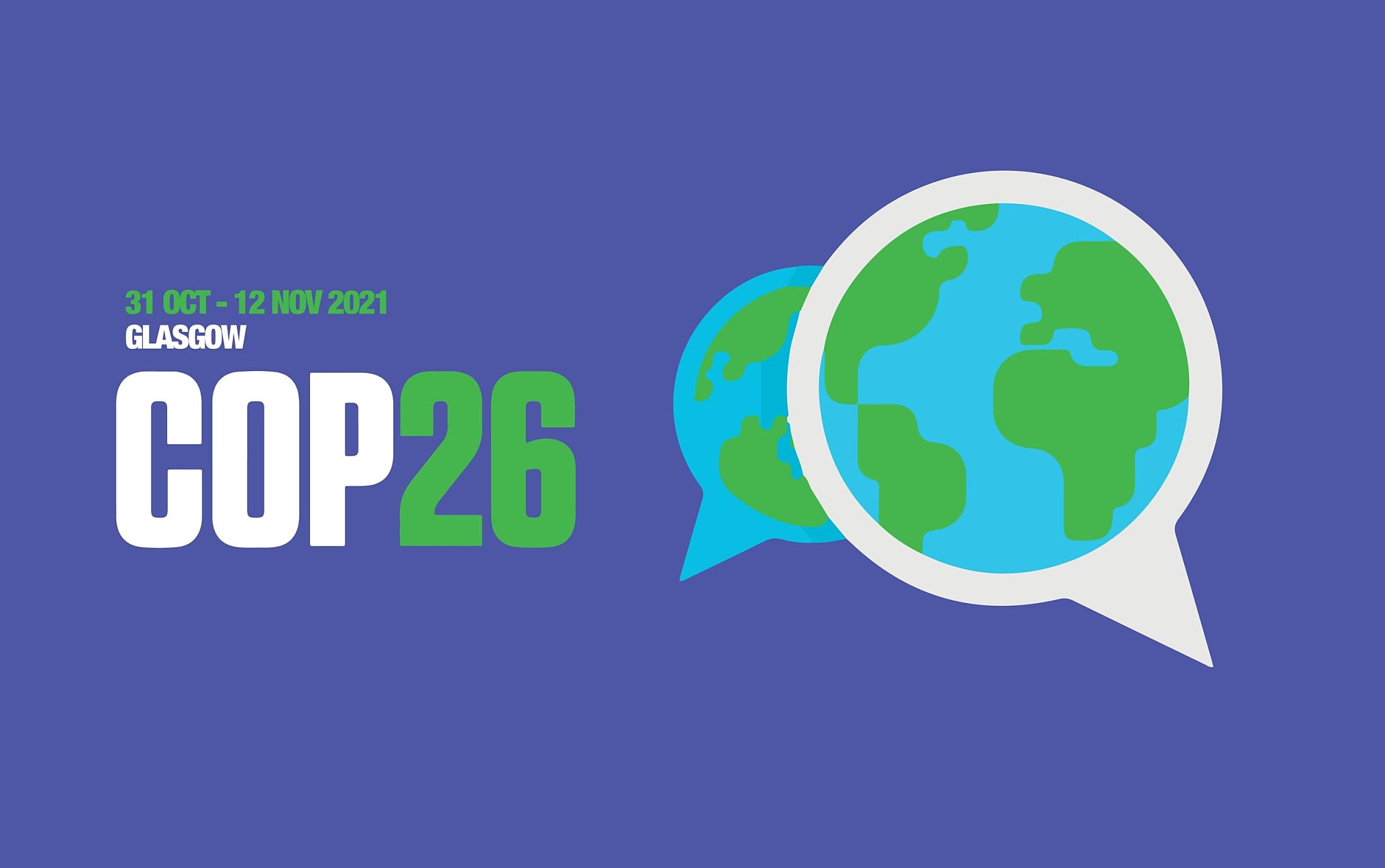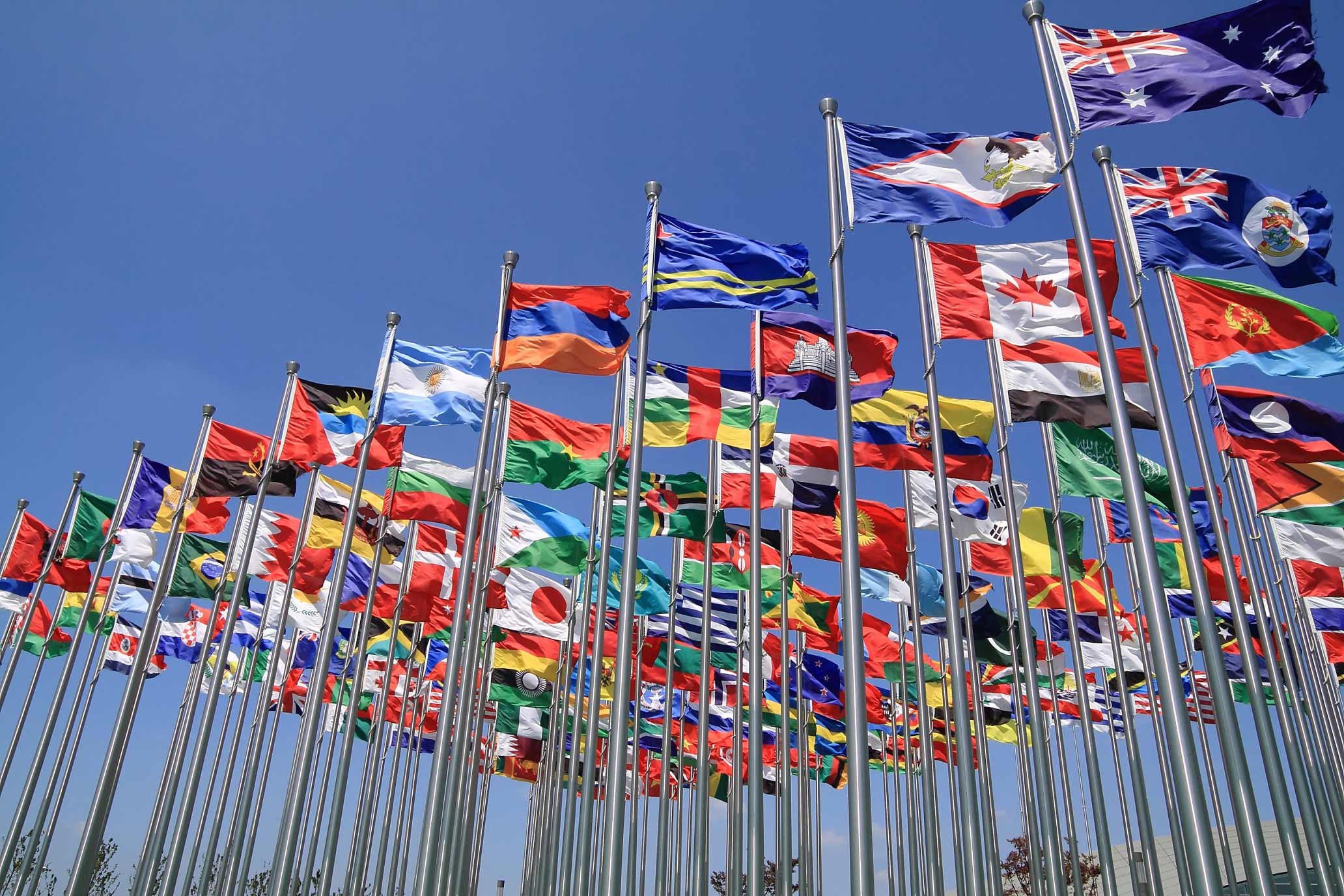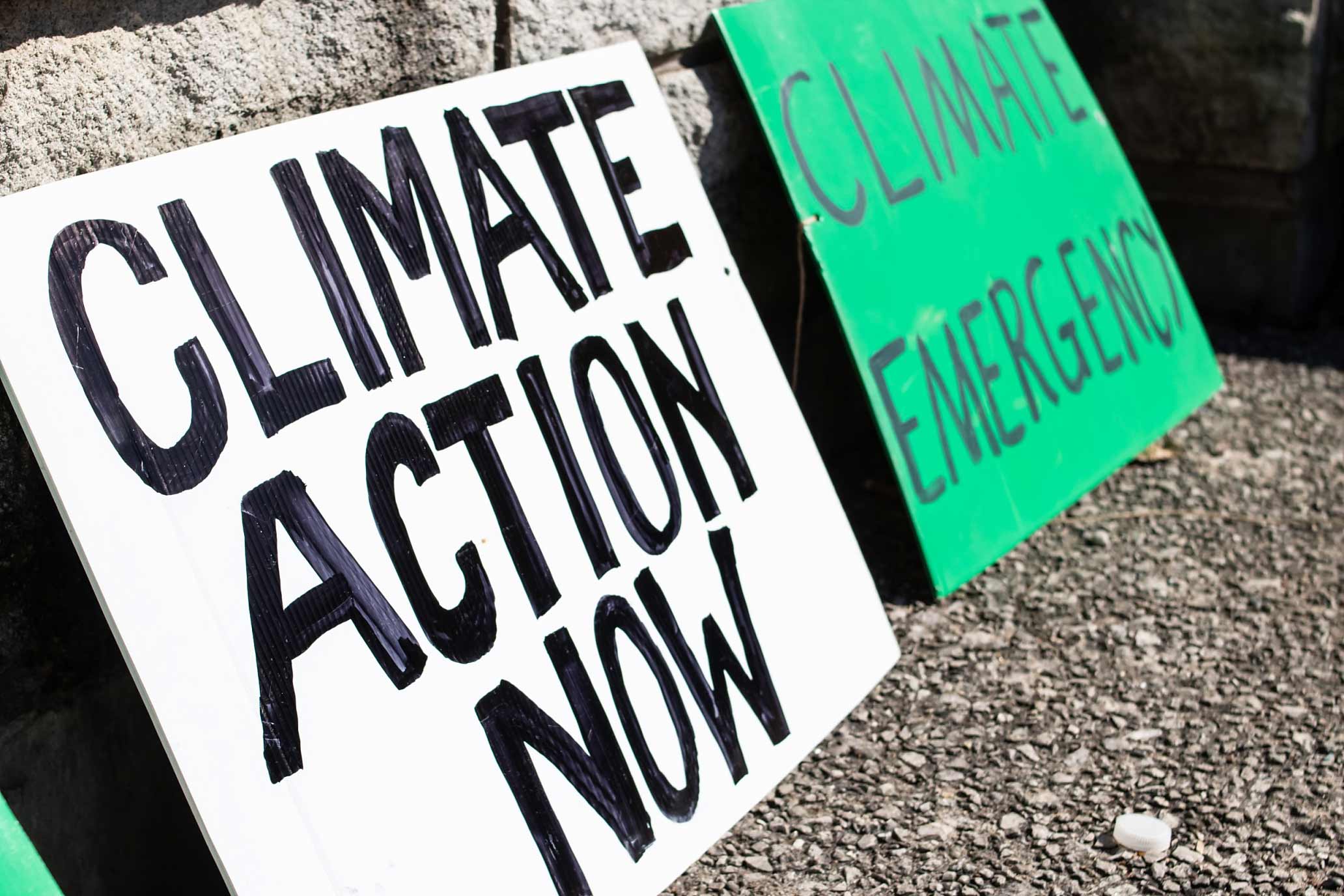The 26th UN Climate Change Conference of the Parties [COP 26] was held in Glasgow, United Kingdom, from October 31 to November 13, 2021. The term COP stands for “Conference of the Parties,” and the 2021 conference was the 26thand so it is called COP 26. COP has been held every year since 1995, except in 2020 when it could not be held due to the COVID-19 pandemic, and it marks the 26th time in 2021.
The Historical Background of COP

In 1992, the UN Conference on Environment and Development [UNCED], was held in Rio de Janeiro, Brazil. The Global Forum of NGOs was also held in Rio de Janeiro at the same time, bringing together 25,000 of political leaders, diplomats, scientists, representatives of the media, and non-governmental organizations [NGOs]) from 185 countries. It was the largest international conference ever.
It was the first time that environmental issues were defined as international political, economic, and cultural issues, which was a very innovative point of view at that time. The Earth Summit had many great achievements: the Rio Declaration which is the basic principle for achieving Environmentally Sound and Sustainable Development [ESSD]; Agenda 21, a program of action calling for detailed strategies to achieve overall sustainable development in the 21st century; the UN Framework Convention on Climate Change [UNFCCC] to prevent global warming; the Convention on Biological Diversity [CBD] to protect endangered species; and Forest Principle to prevent desertification.
Since then, the Conferences of the Parties have been held every year, starting from Berlin in 1995, to discuss specific implementation plans of the Convention on Climate Change. The 197 countries that have ratified the Convention are called Parties to the Convention. The ultimate objective of the Convention is to provide national statistics on the status of greenhouse gas emission and absorption by each country and its national reports on the implementation of policies. It is also to establish and implement domestic policies to reduce greenhouse gas emissions, and recommend reducing greenhouse gas emissions.
What Does COP-26 Cover?

The United Nations Framework Convention on Climate Change [COP] is the sole official international diplomacy conference where every country can come together to commit to reduce greenhouse gas emissions. Here, the Parties to the Convention on Climate Change come together to review the implementation of the Convention and make necessary decisions.
At the third COP held in Kyoto, Japan, in 1997, it adopted the Kyoto Protocol, which set specific targets for reducing greenhouse gases. There has been a long debate between the developed and developing countries over the obligation to reduce emission at the COP held every year.
At the COP21 held in Paris, France, in 2015, the Paris Agreement was adopted. It was the commitment to regulate a new climate system that 197 countries participate to reduce greenhouse gas emission. Under the Paris Agreement, the whole world agreed on a goal of limiting the increase of the global average temperature to 1.5°C, and the Parties suggested a national plan for the Nationally Determined Contributions [NDCs] and agreed that every five years they would come back with an updated plan.
COP26 was the first meeting since the pandemic. Since it was to determine climate politics until 2030, it received the most attention, being evaluated as more important than COP21, which derived the Paris Agreement in 2015. The Glasgow Climate Pact, a new international convention for combating the climate crisis, was adopted at this Conference. The followings are the votes taken at COP 26.
Glasgow Climate Pact
The agreement included a statement to accelerate efforts to phase down coal power and fossil fuel subsidies. This is the first time that coal and fossil fuels were mentioned directly in the COP agreement. However, some point out that the whole world has retreated from the initial goal, that is, to “phase out” coal, starting from developed countries in the 2030s to developing countries by 2040.
The agreement stated that each country would reconsider and strengthen the Nationally Determined Contributions [NDC] 2030 by 2022 in accordance with the 1.5°C increase in global temperature. It also stated that developed countries would double their funding to help developing countries cope with the effects of climate change until 2025.
Some six years after the Paris Agreement, COP26 has resulted in agreement on a global carbon market mechanism [GCMM] largely completing the so-called ‘Paris Agreement Article 6 Rulebook.’ Its goal is to create a fair and unified international standard for the carbon credit market for trading GHG emission rights between countries, and it has been made possible to prevent “double counting,” in which reductions made through carbon emission trading are reflected in both trading countries.
COP 26 World Leaders Summit
From November 1 to November 2 during COP26, World Leaders Summit was held. Among the 197 Parties to the UN Framework Convention on Climate Change [UNFCCC], it was attended by the leaders of more than 120 countries, including the Republic of Korea, Canada, Germany, and France. It was the third World Leaders Summit held at the COP after it was held in Copenhagen in 2009 and Paris in 2015.
The Declaration of Forests and Land Use, which pledges to stop deforestation and make efforts to restore the soil, was announced by the leaders of more than 100 countries that are taking up more than 85% of the area, such as Brazil, China, Colombia, Congo, Indonesia, Russia, and the United States.
Also, 105 countries have agreed on the Global Methane Pledge which aims to limit methane emissions by 30%, compared with 2020 levels, by 2030. The pledge covers countries which emit nearly half of all methane, mainly the U.S. and the EU, but it is pointed out that the top three countries—China, Russia, and India—) did not participate in the pledge.
US-China Agreement
The U.S. and China and are the first and second-largest emitters of carbon dioxide in the world. In particular, China is responsible for more than a quarter of the world’s overall greenhouse gas emissions.
The U.S. and China, the two global rivals pledged close co-operation on cutting emissions and transiting to clean energy over the next decade. The Chinese government, which has been reluctant to deal with the issue of coal consumption, seems to have recognized the need for urgent measures to combat climate change. Environmental activists and politicians around the world responded positively to the unexpected declarations made by the two countries, but they added that specific policies should be enacted.
COP 26 Agreement
On November 10, 2021, a joint declaration was made to achieve 100% zero-emission sales of new cars and vans by 2040 globally, led by the UK, the chair of COP 26. The main point is that governments and automakers have signed on to an agreement to transition to 100% zero-emission sales of new cars and vans by 2040 globally and by 2035 in “leading markets,” such as the U.S., China, the European Union, and Japan. The governments of the Netherlands, Luxembourg, Ireland, Finland, Lithuania, Poland, Sweden, Norway, Canada, Argentina and India also agreed to sign. Among the companies, there were Volvo, Daimler AG, BYD, and Jaguar Land Rover.
However, it is pointed out that the world’s largest automakers, such as the U.S., China, Germany, South Korea, and Japan were absent from the pledges, and the top global automakers, Toyota and Volkswagen did not sign it.
Efforts to Warn About the Seriousness of Climate Change: Now It’s Time for Everyone to Be Engaged With a United Front

Scientists and climate experts have emphasized that the year 2030 is the Maginot line that can stop climate disasters. Between 2020 and 2021, abnormal weather phenomenons have occurred in various places around the world. Since the Paris Agreement, governments and companies around the world have promised to reduce carbon emission, but carbon emission has increased steadily every year except in 2020, when the pandemic occurred, and this year it has surged to the level before the pandemic. This is the evidence that countermeasures were negligible, contrary to the climate crisis which became a huge disaster.
Not only the entrepreneurs and the governments cope with climate change. Greta Thunberg participated in a protest outside the COP 26 and encouraged the protesters, saying, “Change is not going to come from inside there, that is not leadership. This is leadership; this is what leadership looks like.” As citizens, we have the power to consume, vote, and act for climate and to change the world. Let’s remember that we ourselves are the leaders who protect the earth.